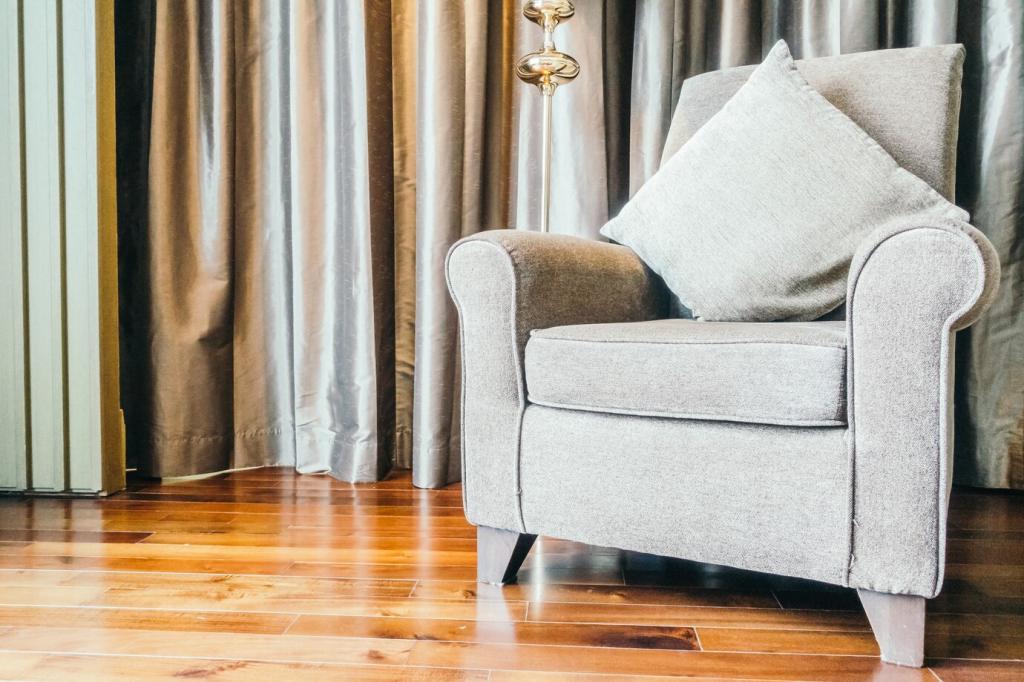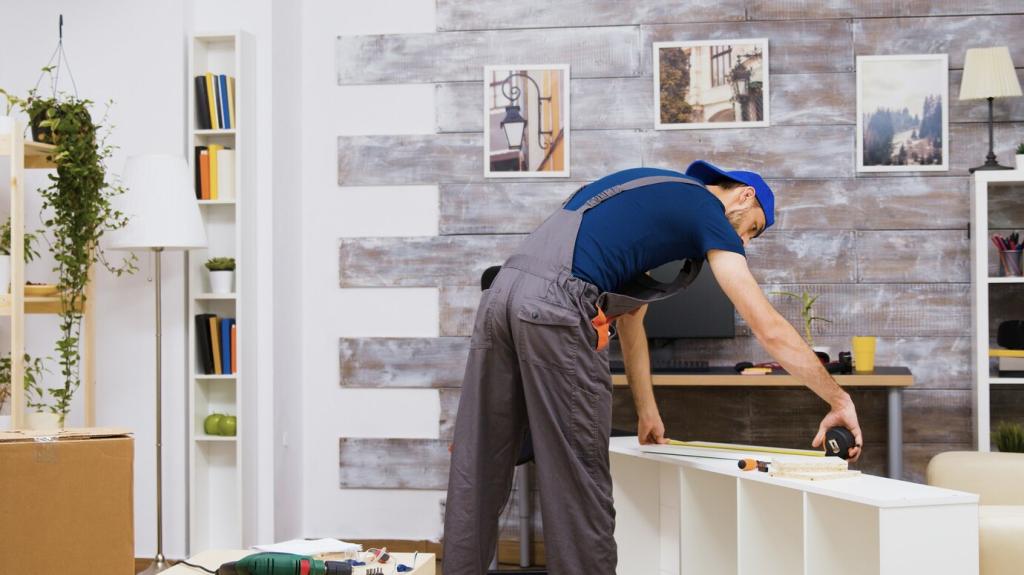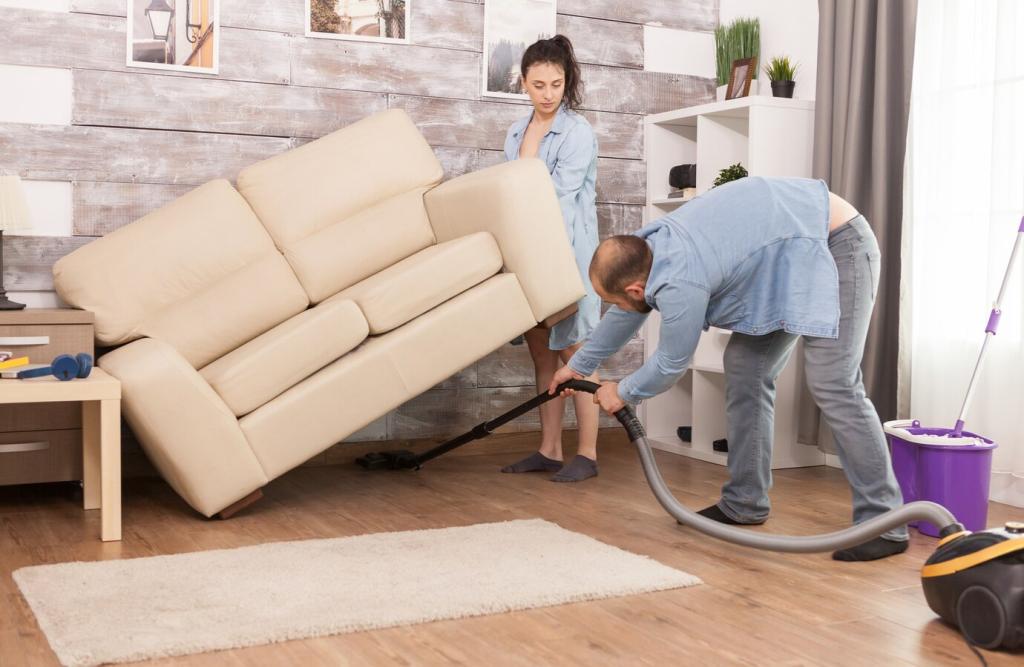Stripping, Sanding, and Surface Prep
Citrus-based strippers are gentler but slower; methylene-chloride products work fast yet demand strict PPE and ventilation. Card scrapers spare veneer and carvings. Always neutralize residue as directed to ensure future finishes bond properly.
Stripping, Sanding, and Surface Prep
Sand with the grain using progressive grits—120, 150, 180, then 220 for most hardwoods. Protect edges from rounding by using blocks and light pressure. Vacuum and tack-cloth between grits to keep scratch patterns from snowballing.







